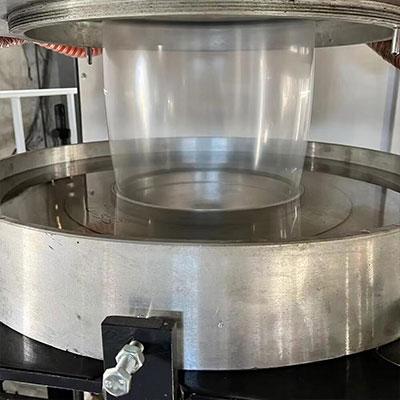 11 Dec 2024
11 Dec 2024
• Type of plastic resin: Different resins have distinct rheological properties. For instance, LDPE (Low - Density Polyethylene) has good stretchability, enabling a relatively high inflation ratio. In contrast, HDPE (High - Density Polyethylene) is less stretchy, leading to a lower inflation ratio.
• Additives: Plasticizers can enhance the plasticity of the material, increasing the inflation ratio. Fillers, on the other hand, may reduce it because they change the material's internal structure and properties.

• Extrusion temperature: Higher temperatures can lower the melt viscosity of the plastic, making it more conducive to expansion and increasing the inflation ratio. But if the temperature is too high, it may cause material degradation.
• Blowing air pressure: Increasing the air pressure provides greater force for the film to expand outward, raising the inflation ratio. However, excessive air pressure may lead to film instability or even rupture.
• Die gap: A proper die gap allows the plastic melt to flow out evenly. If the die gap is too small, the material flow resistance is large, restricting the inflation ratio.
• Mould shape: The design of the mould, such as the angle and curvature, affects the distribution of the plastic melt and the expansion behavior of the film, thereby influencing the inflation ratio.
GET A QUOTE